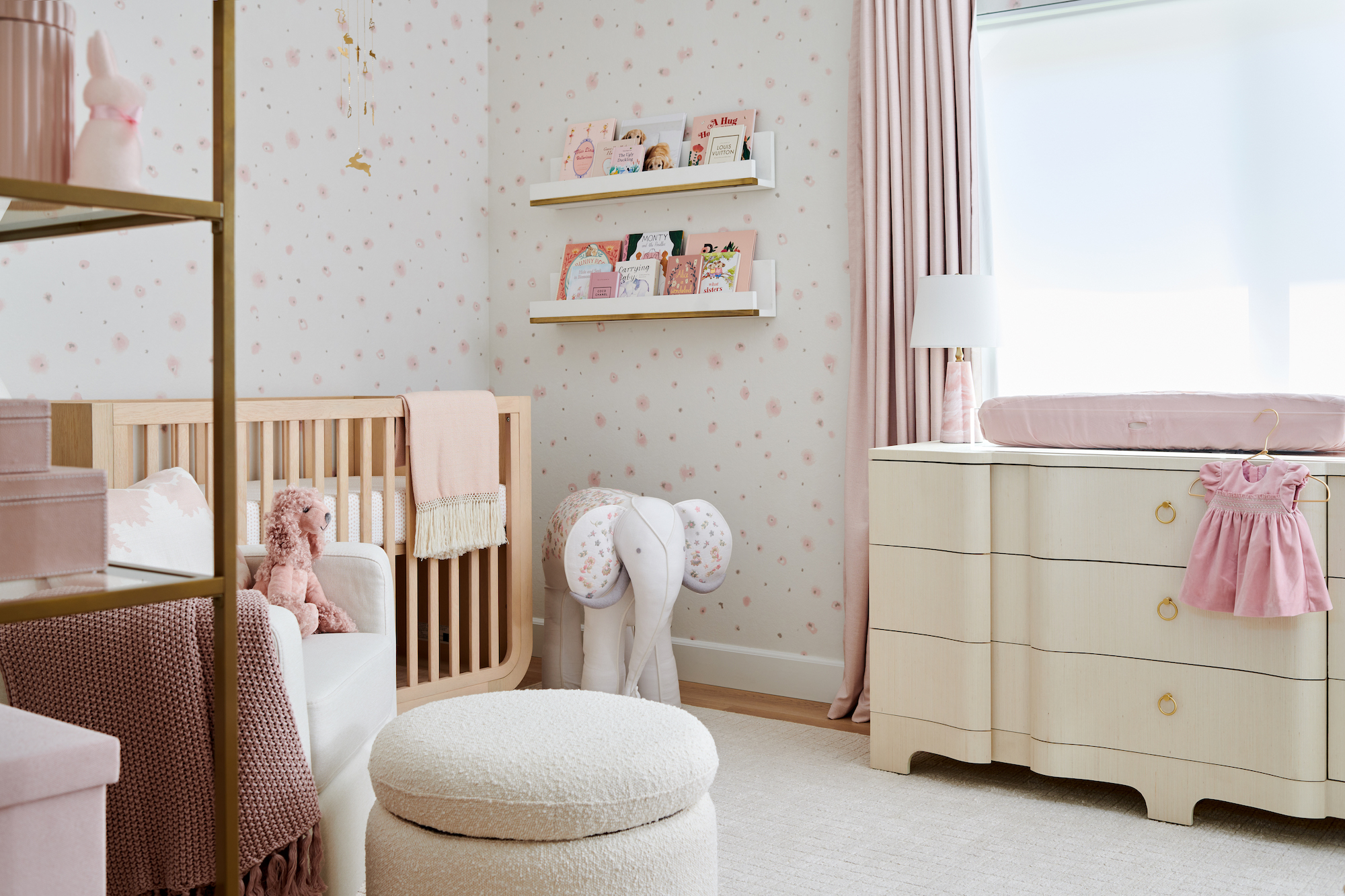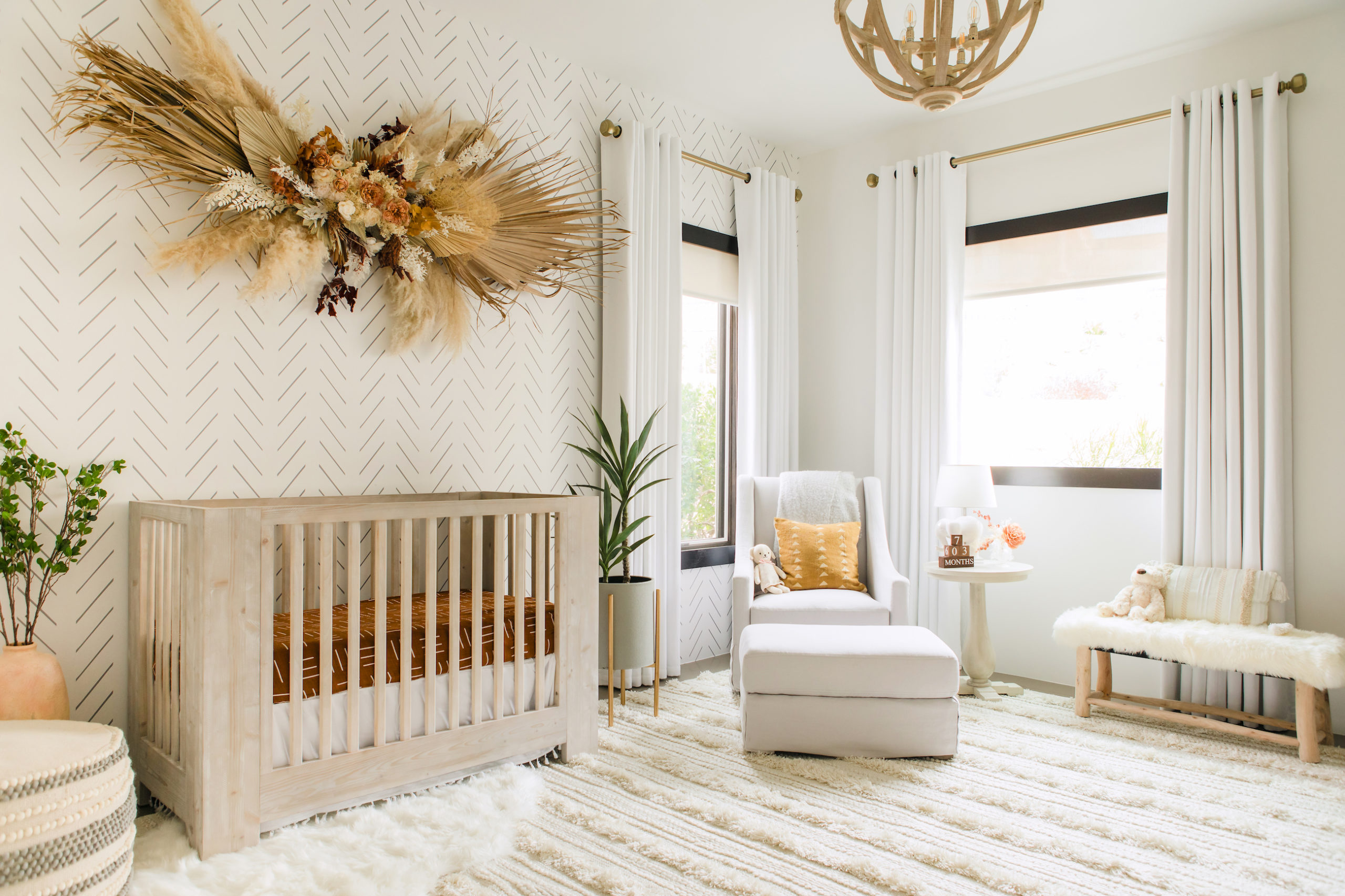Creating a welcoming and beautiful nursery is one of the most exciting parts of preparing for a new arrival. It’s not just about aesthetics; it’s about creating a nurturing environment for your little one to grow, play, and thrive. As a nursery interior decorator with years of experience, I’ve helped countless parents turn their visions into reality. In this guide, we’ll explore everything you need to know about nursery interior decorating—from choosing the right colors to maximizing space and functionality.
Why Hire a Nursery Interior Decorator?
Many parents wonder if hiring a nursery interior decorator is worth the investment. Let’s break down the benefits:
- Personalized Design: A professional decorator understands your style and needs, creating a nursery that resonates with your family’s personality.
- Expertise: With a wealth of design knowledge, decorators can suggest the best materials, layouts, and safety features for your baby.
- Time Savings: Designing a nursery can be time-consuming. A decorator can streamline the process, allowing you to focus on what truly matters.
- Access to Resources: Decorators often have access to exclusive furniture and materials that aren’t readily available to the general public.
Personal Experience: My Journey as a Nursery Interior Decorator

As a nursery interior decorator, I remember my first project: a cozy little corner in a couple’s modest apartment. They wanted a space that could grow with their child, and through thoughtful design, we transformed a plain room into a whimsical wonderland filled with soft colors, functional furniture, and lots of personal touches. Watching the parents’ faces light up as they saw their vision come to life reaffirmed my passion for this line of work. Each nursery I create tells a unique story—yours could be next!
Key Elements of Nursery Interior Decorating

Choosing the Right Color Palette
The color palette sets the tone for the entire nursery. Here are some popular color themes:

- Soft Pastels: Colors like mint green, soft pink, and baby blue create a calming environment.
- Bold and Bright: Vibrant colors can stimulate a baby’s senses and create a joyful atmosphere.
- Neutral Tones: Shades like beige or gray offer a timeless look and can be paired with colorful accessories.
Comparison Table: Color Palette Options
| Color Palette | Vibe | Pros | Cons |
|---|---|---|---|
| Soft Pastels | Calming | Soothing, perfect for sleep | May feel too plain for some |
| Bold and Bright | Energetic | Stimulating, fun for little ones | Can be overwhelming if overused |
| Neutral Tones | Timeless | Flexible, grows with child | Can feel too bland without accents |

Furniture Selection: Functionality Meets Style
Choosing the right furniture is crucial for a nursery. It should be functional, safe, and fit within your design vision. Here are some essential pieces:

- Crib: The centerpiece of any nursery, ensure it’s safe and meets current safety standards.
- Changing Table: Consider a multi-functional piece that can double as a storage area.
- Glider or Rocking Chair: A comfy seat for late-night feedings can make a world of difference.
- Storage Solutions: Bins, shelves, and drawers help keep toys and clothes organized.
Designing for Safety

When selecting furniture, prioritize safety features:
- Ensure all furniture is sturdy and free from sharp edges.
- Use non-toxic paints and finishes on all surfaces.
- Anchor heavy furniture to walls to prevent tipping.
Decorative Elements: Adding Personal Touches
Wall Decor: Creating a Magical Atmosphere
Wall decor is an excellent way to reflect your style. Here are some popular ideas:
- Wall Art: Choose pieces that inspire and delight, such as prints with quotes or whimsical illustrations.
- Removable Wallpaper: A trendy option that allows you to change designs easily as the child grows.
- Photo Collages: Frame and display family photos for a personal touch.
Textiles: Comfort Meets Functionality
Textiles play an important role in both comfort and aesthetics:
- Rugs: Soft rugs are perfect for tummy time and add warmth to the space.
- Curtains: Look for blackout curtains to help with daytime naps.
- Bedding: Choose breathable fabrics and ensure they meet safety guidelines.
Creating a Functional Layout
A functional layout can make all the difference in your nursery experience. Here are some tips:
- Plan for Flow: Ensure there’s enough space to move around comfortably, especially when carrying your baby.
- Zones: Create designated areas for sleeping, changing, and playing.
- Accessibility: Place frequently used items within easy reach to save time during those late-night changes.
Eco-Friendly Nursery Design
With the rising importance of sustainability, many parents are looking to create eco-friendly nurseries. Here are some tips to achieve this:
- Choose Sustainable Materials: Opt for furniture made from recycled or sustainably sourced wood.
- Non-toxic Products: Use organic bedding and paints to reduce exposure to harmful chemicals.
- Second-Hand Finds: Consider vintage or thrifted items to add character while being eco-conscious.
FAQs about Nursery Interior Decorating
How much does it cost to hire a nursery interior decorator?
The cost can vary widely based on the size of the project and the experience of the decorator. On average, you might expect to pay anywhere from $50 to $150 per hour. Some decorators offer package rates for full-service projects.
What are the current trends in nursery design?
Some of the current popular trends include multifunctional furniture, nature-inspired themes, and gender-neutral designs. Parents are also leaning towards creating spaces that can evolve as their children grow.
How can I make a small nursery feel larger?
Use light colors, mirrors, and multifunctional furniture to maximize space. Opt for vertical storage solutions and avoid overcrowding with too many decorations.
What safety measures should I consider when designing a nursery?
Always use non-toxic materials, secure heavy furniture, and choose cribs that meet safety standards. Also, be mindful of the layout to prevent accidents as your baby starts to crawl and walk.
Conclusion: Your Dream Nursery Awaits
Designing a nursery should be a joyful experience, reflecting your family’s style while providing a safe and comfortable space for your little one. Whether you decide to tackle the project yourself or enlist the help of a nursery interior decorator, remember that the ultimate goal is to create a nurturing environment that will foster growth and love. With thoughtful planning and creativity, your nursery can truly become a magical space for both you and your baby.